Many of the country’s water systems generally comply with contaminant requirements. Yet, dozens of public water utilities have provided their customers with contaminated water for years.
So, can you drink Texas water?
Yes, Texas tap water is safe to drink and is held to the highest standards. Nevertheless, some contaminants likely exist in drinking water. Hence, water needs to undergo specific treatments to eliminate these contaminants.
Still, these contaminants don’t always imply a water health threat. This article will review how safe Texas water is to drink, the water supplies of major Texas cities, and the measures Texas has to preserve water drinking sources.
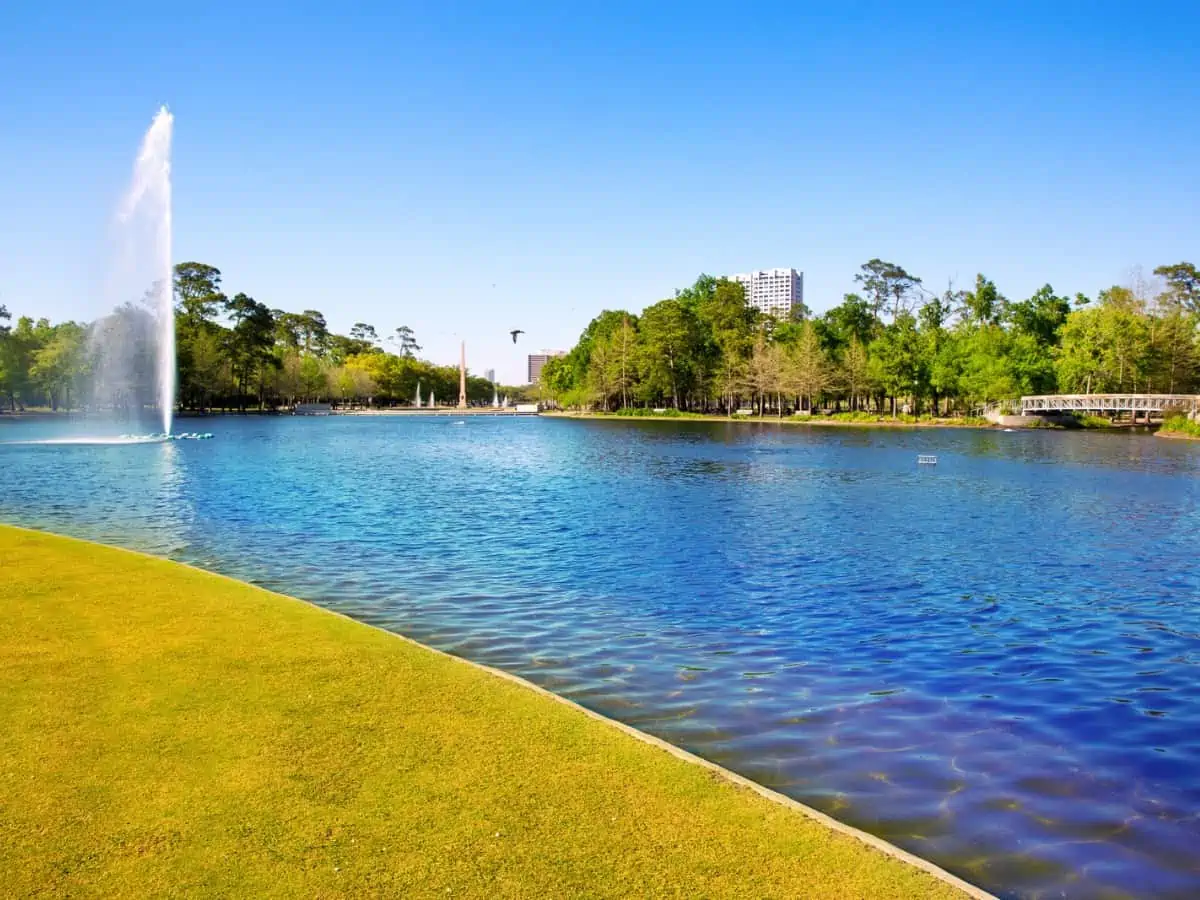
How Safe Texas Water Is to Drink
Texas water is safe for drinking as a result of meticulous treatment procedures combined with Texas water’s non-corrosive properties. Texas’ drinking water fulfills and even surpasses all federal and state requirements.
Additionally, TWUA (Texas Water Utilities Association) examines the water 40,000 to 50,000 times a month. This examination involves tests for a few more contaminants than what’s required by the state’s minimum standards.
Therefore, we can confidently say that Texas officials go above and beyond to ensure that the state’s citizens get clean water.
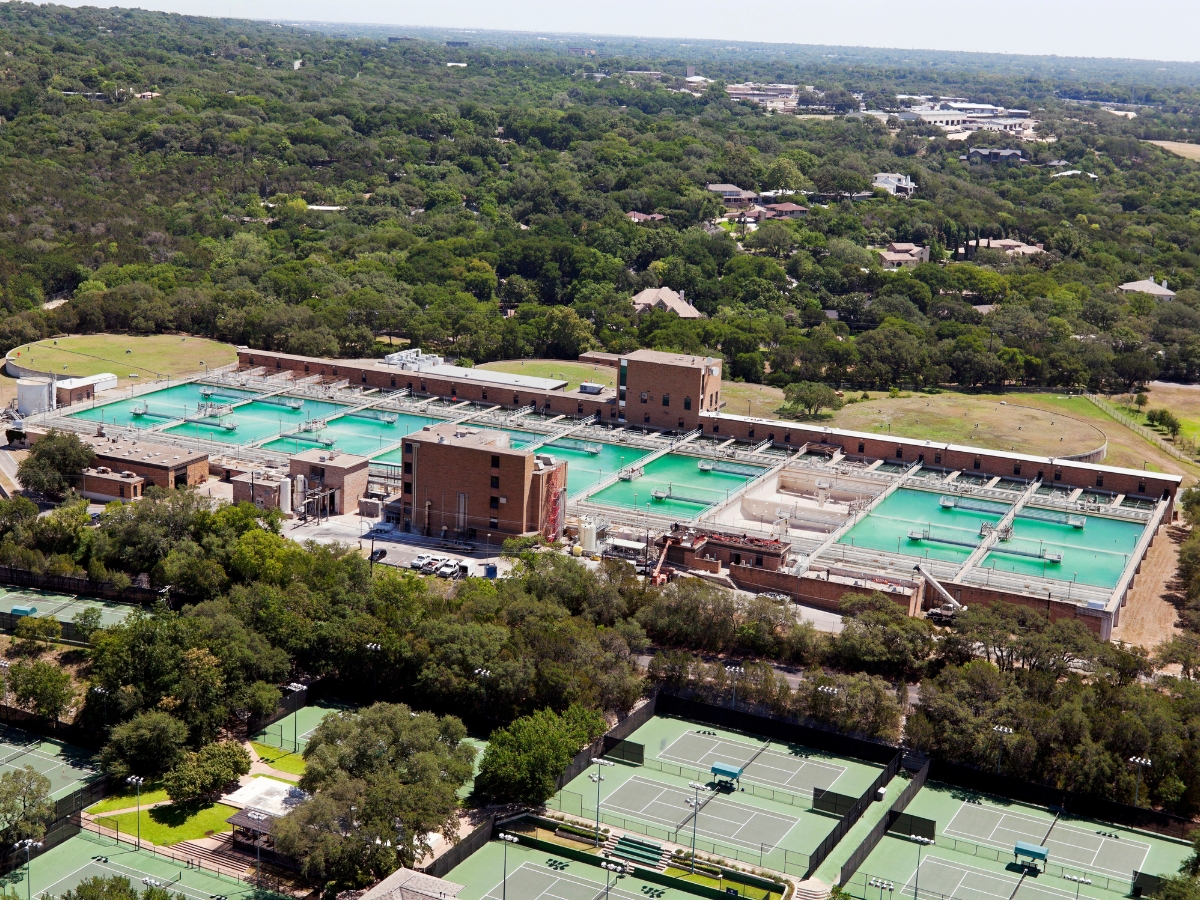
Texas Water Sources
Surface water and groundwater are the two sources of Texas drinking water. In figures, 60% of the water comes from the ground, and 40% comes from surface water.
Additionally, there are reportedly 6,700 dams and reservoirs in Texas. At least 32 Texas aquifers supply groundwater to the entire state.
The Texas Water Development Board (TWDB) estimates that nine aquifers provide nearly 97% of the groundwater that most Texans consume.
Texas Cities Water Sources
If you’re wondering about the natural water sources every major city in Texas uses for tap water, the list below has it all!
City of Austin
The Colorado River flows through Austin and provides the city’s drinking water. Therefore, drinking tap water in Austin and the surrounding areas, including Round Rock, is safe.
But remember that the city is known to have hard water, which can give the water an odd taste. Thus, installing a water softener in Austin-area homes is an efficient way to handle hard water.
City of San Antonio
The San Antonio metropolitan area receives purified tap water from the Edwards Aquifer through the San Antonio Water System. San Antonio’s drinking water is also treated yearly to eliminate most impurities.
Still, the water quality isn’t flawless. San Antonio tap water contains various chemicals, even though it meets safe drinking requirements.
As such, the solution is to install a water filter if you’d prefer more protection and fewer impurities.
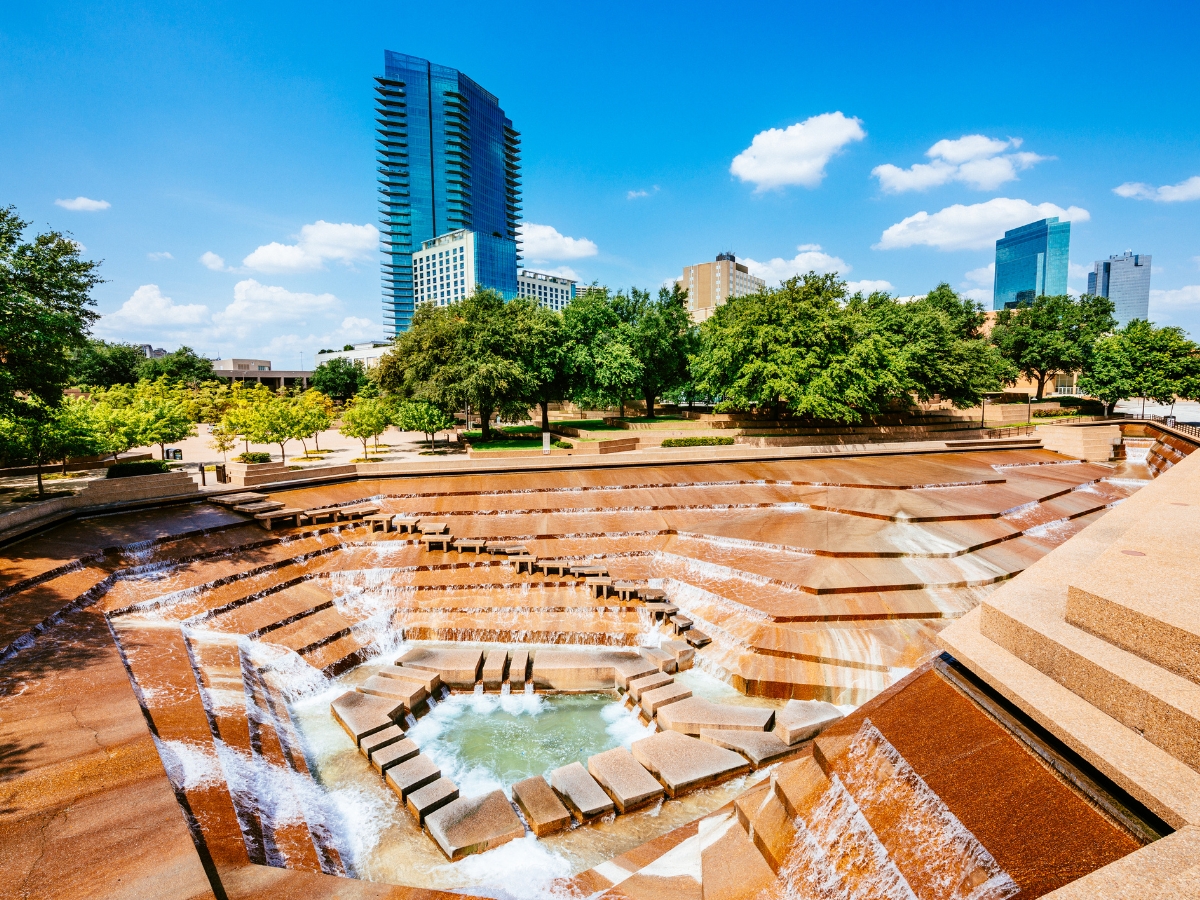
City of Dallas
Lake Grapevine, Lake Ray Hubbard, Lake Ray Roberts, Lake Lewisville, and Lake Tawakoni supply water to Dallas. However, there’s a chance that purified water may be exposed to minerals, metals, and even chemicals as it finds its way into your home.
Also, these contaminants may impact how your water tastes since large amounts of chlorine are required to purify the water. You can eliminate and improve the water’s taste and color with a water filter.
City of Galveston
Ponds, lakes, rivers, streams, springs, reservoirs, and wells are drinking water sources in the City of Galveston. According to EPA’s ECHO database, no known active violations of the Safe Drinking Water Act (SDWA) related to health in Galveston.
Thus, the city’s tap water is generally safe to consume.
City of Houston
Houston’s water supply comes from the Trinity River, Lake Conroe, Lake Houston, and San Jacinto River. Alternatively, the Evangeline and Chicot aquifers supply the remaining portion of the city’s water supply through deep underground wells.
Moreover, Houston’s water supply meets international and U.S. Environmental Protection Agency requirements for safe drinking water. This means boiling water will no longer be necessary for safe cooking and drinking!
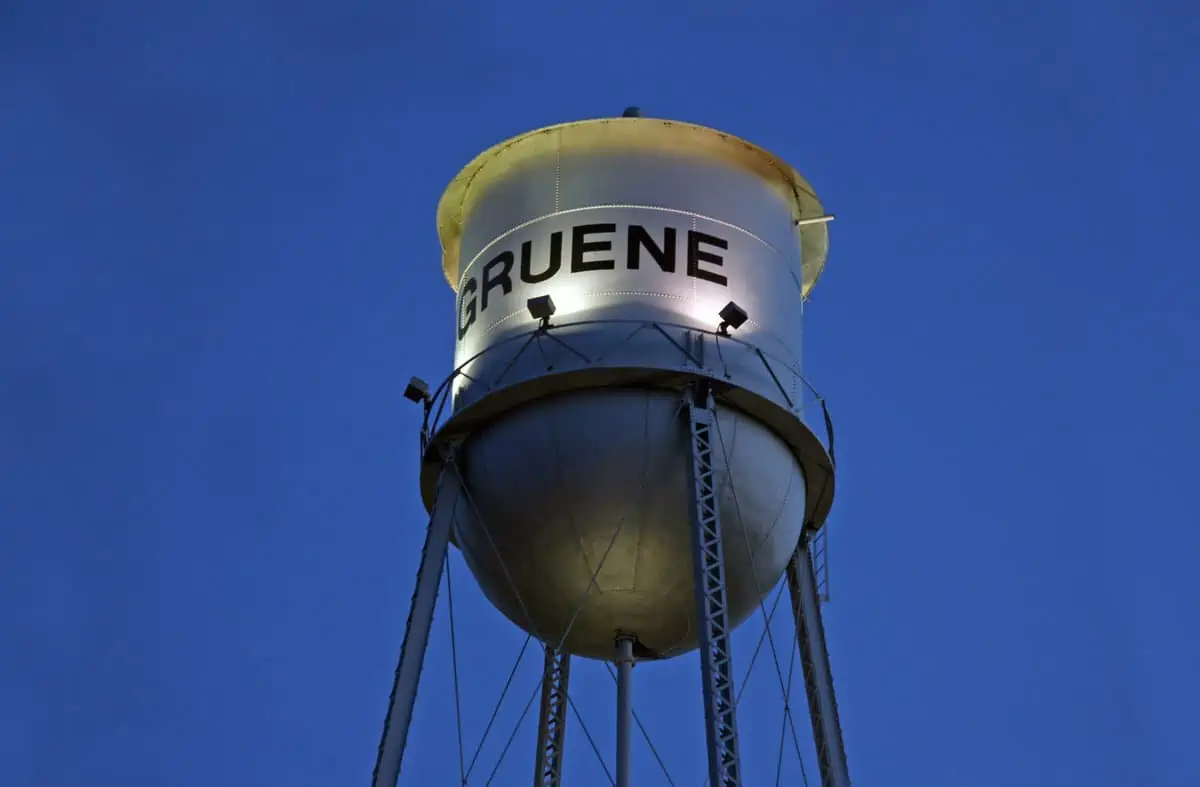
The Truth About Texas’s Drinking Water Quality
While most Texas public water systems (PWS) comply with the Safe Drinking Water Act, specific health-based requirements are more frequently violated nationwide.
In 2017, the state of Texas had a total of 1,078 (83%) violations. Below are the contaminants that violate the Texas Commission on Environmental Quality (TCEQ).
- Arsenic (23%)
- Nitrate (15%)
- Fluoride (13%)
- Radionuclides (24%)
- Disinfection Byproduct (8%)
Pollutant levels have persisted for years in specific public water systems. Thus, several programs for protecting water sources were established.
Edwards Aquifer Protection Program (EAPP)
The Edwards Aquifer Protection Program specifies the best management methods employed during and after the building projects to stop contaminants in water runoff from reaching the Edwards Aquifer.
The EAPP preserves the Edwards Aquifer by acquiring property rights such as:
- Fee-simple acquisitions
- Conservation agreements
- Contributions of land within the Aquifer’s critical zones
Perpetual conservation rights also benefit San Antonians by reducing the number of new impervious surface constructions on the preserved properties. This helps protect the water supply that replenishes the Edwards Aquifer in quantity and quality.
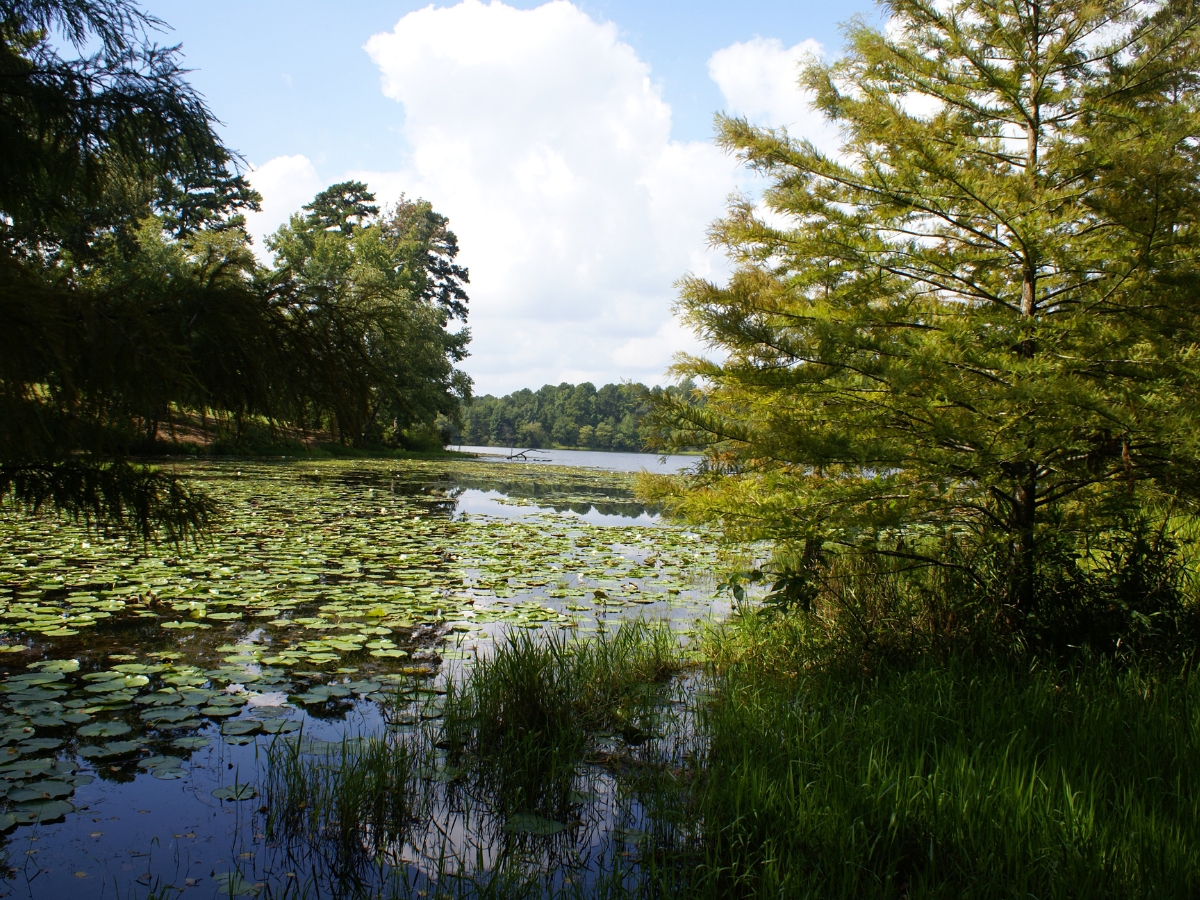
Source Water Protection Program (SWPP)
The Source Water Protection Program helps reduce ground and surface water pollution that rural areas use as their primary source of drinking water.
The National Rural Water Association (NRWA) employs source water technologists to collaborate with the Natural Resources Conservation Service (NRCS) and state and county FSA staff to pinpoint areas where pollution management is required.
These teams collaborated to develop a Rural Source Water Protection plan to ensure clean drinking water.
Underground Injection Control Program
This program sets basic requirements for injection wells to prevent the exploitation of underground water sources.
Under this program, owners and operators of injection wells may not:
- Locate, build, run, maintain, convert, plug, or abandon wells
- Execute any other injection action that puts USDWs at risk
The UIC criteria are designed to ensure that either:
- The injected fluids remain in the well, and the specified injection zone
- Indirect and direct-injected fluids don’t violate drinking water regulations or cause any other harmful impacts on the public’s health.
Sole Source Aquifer Program (SSA)
According to the EPA, a Sole Source Aquifer provides at least 50% of its service area’s drinking water. This program also states that should the aquifer become contaminated, there are no readily accessible alternatives for drinking water.
Under the SSA program, any project receiving financial support from federal grants or loan guarantees is eligible for an EPA environmental assessment. These projects are assessed to see if there’s a chance that they could contaminate a sole-source aquifer.
The SSA will either refuse the project to avoid the risk to the safety of drinking water, or they’ll stop providing federal financing if such a threat exists.
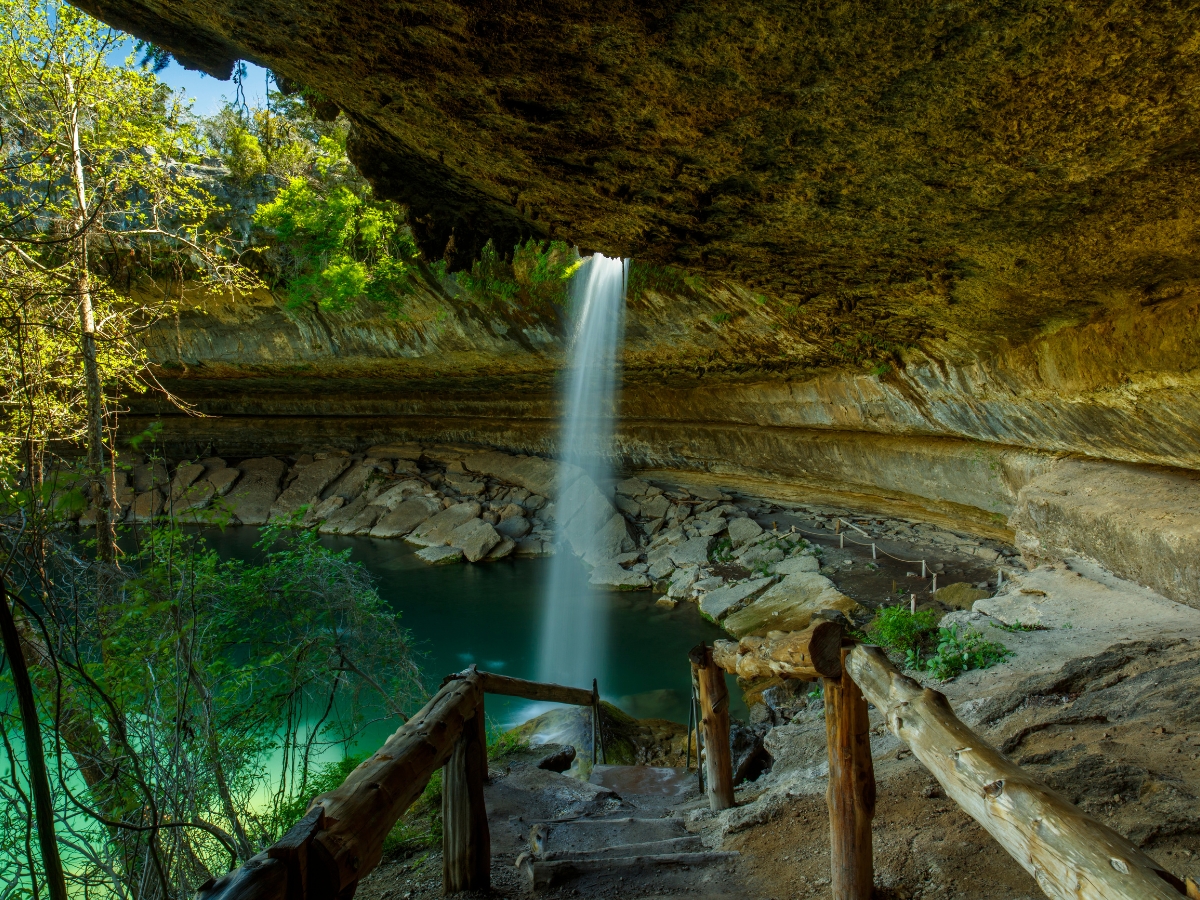
References:
- 170 Million in U.S. Drink Radioactive Tap Water: ewg.org
- Austin / Central Texas Water Softener Experts: americanwatertx.com
- Source Water Protection: tceq.texas.gov
- Public Drinking Water: texaswater.tamu.edu
- Texas Water: Planning for More: comptroller.texas.gov
Christian Linden is a seasoned writer and contributor at Texas View, specializing in topics that resonate with the Texan community. With over a decade of experience in journalism, Christian brings a wealth of knowledge in local politics, culture, and lifestyle. He holds a Bachelor's degree in Communications from the University of Texas. When he's not writing, Christian enjoys spending weekends traveling across Texas with his family, exploring everything from bustling cities to serene landscapes.











